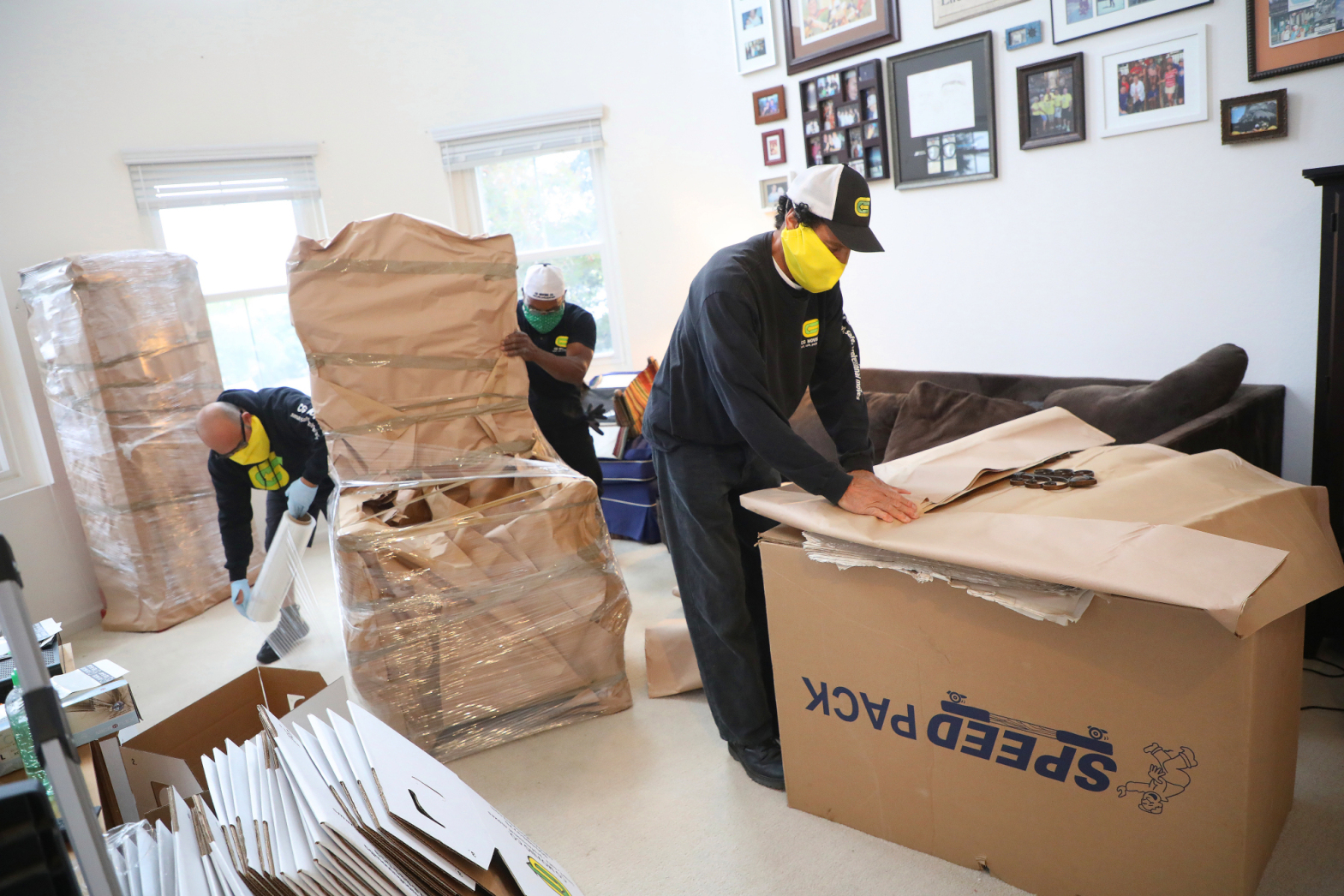These Bay Area cities have the most ‘untethered’ workers in the country

No place in the country might be easier to leave these days than Silicon Valley.
San Jose and San Francisco have the highest percentage of workers in the U.S. with few family and financial ties to their cities, according to a new study by Apartment List. And it signals that a Bay Area exodus could last a while.
The listing site estimates about 13% percent of Bay Area workers are “untethered” — able to work remotely, rent and have no children or a spouse working an essential, in-person job. The national average is 5.6%, according to the analysis.
The study suggests a possible expansion of migration away from the Bay Area hastened by the COVID-19 pandemic. Could more Bay Area residents be on the move?
“The Bay Area is by far the epicenter for this group of workers,” said Chris Salviati, housing economist at Apartment List. The study sought to evaluate what regions might be most prone to migration after pandemic restrictions are eased.
“It’s been a forced experiment,” Salviati said. “What’s going to happen with the remote-work revolution?”
Today, San Jose has the highest share of workers (46%) able to work remotely of any major U.S. metro. The most common jobs for remote work include software developers, engineers and managers. Emergency workers, teachers, retail and service workers are among the jobs tied to the workplace and region. The median income of those Silicon Valley families with remote-friendly jobs is $118,000, while families unable to work from home make $45,000. It’s the widest gap in the country, according to the survey.
The Bay Area has lost residents during the pandemic, and regional leaders have been grappling with future plans for growth if professionals continue to embrace remote work and flee the region for cheaper cities or a better quality of life.
A survey by moving company Hire a Helper found California the biggest percentage loser in pandemic migration, with roughly 50% more residents moving out of the state than moving in. New York State had the second-largest percentage. Oakland, San Francisco and San Jose were among the top 10 cities with the highest ratio of outbound residents to newcomers.
The biggest net gainers were Idaho, where twice as many people arrived as left, and Vermont, a popular escape destination for New Yorkers.
Large Bay Area businesses and tech companies are firming up plans for post-pandemic work structures, with many expected to adopt a hybrid or fully remote status permanently for certain jobs. Salesforce announced in February employees could choose to continue remote work after pandemic restrictions are lifted. Google is considering a hybrid work model, although company leaders are concerned it may erode office culture.
The Apartment List analysis suggests the Bay Area is vulnerable to a continued exodus of well-paid, single, young residents. The region’s percentage of homeowners has dropped between 1980 and 2019. Ownership fell from 66% to 58% in San Jose, and 62% to 57% in San Francisco and the East Bay during the period.
The typical untethered Bay Area household has a median income of $100,000. These residents are typically in their early 30s, about 10 years younger than the average for the region’s workforce.
About 7 in 10 of the footloose workers were born out-of-state, and many are around the age of settling down and starting a family. Salviati said these workers may be most prone to finding a home in lower-cost tech havens and growing cities such as Sacramento, Denver and Austin, Texas.
The pandemic has forced new work rules, and Salviati said the disruption has already been felt in rising housing costs in smaller cities. Rents in Boise, Idaho, for example, have grown 13 percent during the pandemic.
“The rapid shift is unprecedented,” he said. “How will folks respond?”

